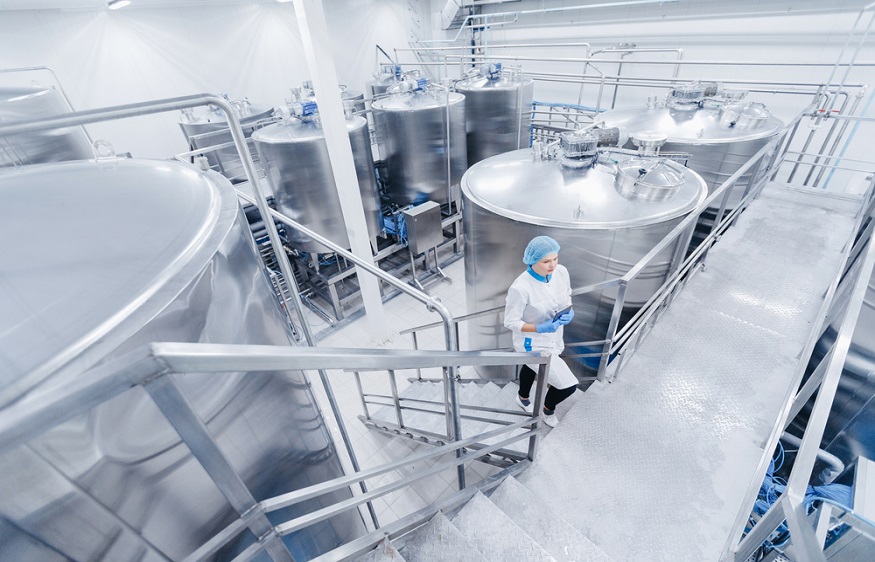Companies specializing in the design and manufacture of commercial food storage solutions make everything from totes to tanks. Interestingly, most of what they design is made from either stainless steel or a plastic known as cross-linked polyethylene (XLPE). Both materials have their pros and cons. So, which one is better for long term food storage?
Stainless steel is so prevalent within the food service industry that there is a temptation to assume it is always the better material for long term storage. But that may not be the case. Several factors go into deciding how to best store food products for extended periods of time. In many cases, stainless steel really isn’t the ideal choice.
Material Toughness
It is hard to beat stainless steel in terms of toughness. It is an incredibly reliable material that stands up very well against temperature changes, direct impact, and even weather. Compared side-by-side with XLPE, there really is no contest. Stainless steel wins the toughness battle every time.
Such toughness doesn’t come cheaply, though. In fact, cost is one of the biggest inhibiting factors that cause companies to utilize XLPE instead of stainless steel. Stainless steel is an alloy comprised of iron and numerous additives. It is difficult and expensive to make. As such, products fashioned from it are equally costly.
A food grade stainless steel tank from Houston-based CedarStoneIndustry would cost significantly more than a comparable XLPE tank. So for long term food storage, you have to consider if spending the extra money is worthwhile commensurate to your goals.
Transport Considerations
If a food container will have to be transported, there are other considerations as well. Will a food grade stainless steel tank be too heavy to lift once it’s full? Will an XLPE tank withstand being transported from one location to another?
The differences between the two materials probably wouldn’t make a big difference if you were just transporting a tank to another location in the warehouse. Intermodal transport across the country, or even overseas, would be an entirely different matter.
Contamination and Cleaning
Whenever you are talking food storage and transport, there are concerns related to contamination and cleaning. Stainless steel is a preferred material in the food service sector because it is easily cleaned and sanitized. However, food preparation and long-term food storage are two separate animals.
Believe it or not, stainless steel is more porous than XLPE. Therefore, as a long-term storage option, a food grade XLPE may be a better choice than stainless steel. XLPE’s less porous surface means less opportunity for bacteria to grow.
The flip side is that stainless steel is easier to clean and sanitize. In terms of long-term food storage, the question is how often the tank is emptied and cleaned. The more frequently it is done, the more one would tend to lean toward stainless steel.
Maintenance Concerns
Finally, you have to consider maintenance concerns. Proponents of food grade stainless steel say it requires considerably less maintenance than XLPE. But XLPE proponents say the same thing. Truth be told, it is probably a wash. Both materials require cleaning and sanitizing. Both require regular inspections to ensure integrity. There isn’t much difference from a maintenance standpoint.
Stainless steel and XLPE are two preferred materials in the food service sector. It is not possible to say that one or the other is better for long term food storage. Each case has to be examined on its own merits. Sometimes, stainless steel will be the better choice. XLPE will prevail in other cases. That is just the way it goes in food service.









